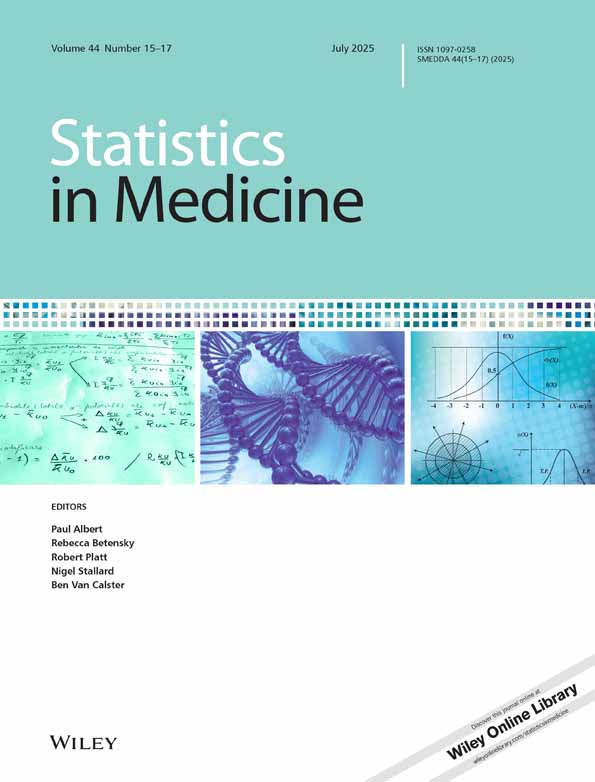Prediction and decision making using Bayesian hierarchical models
Abstract
This paper uses Bayesian hierarchical models to analyse multi-centre clinical trial data where the outcome variable of interest is continuous, but not normally distributed, and where censoring has occurred. The goal of such an analysis is the same as for any subgroup analysis, to provide survival estimates for specific subgroups as well as for the population and to provide estimates of the degree of heterogeneity between subgroups. An analysis of the Collaborative Study of Long-Term Maintenance Drug Therapy in Recurrent Affective Illness, a multi-centre clinical trial funded by the National Institute for Mental Health's Pharmacologic Research Branch, serves to illustrate the proposed methodology. A feature of this data set is that one treatment group was withdrawn from medication at the time of randomization. The paper contains comparison of models, one that accounts for the drug washout period through the use of a changepoint model as well as a comparison of results across several choices of prior parameter values. In addition, the paper considers sensitivity to model choice and priors in a decision theory context.




